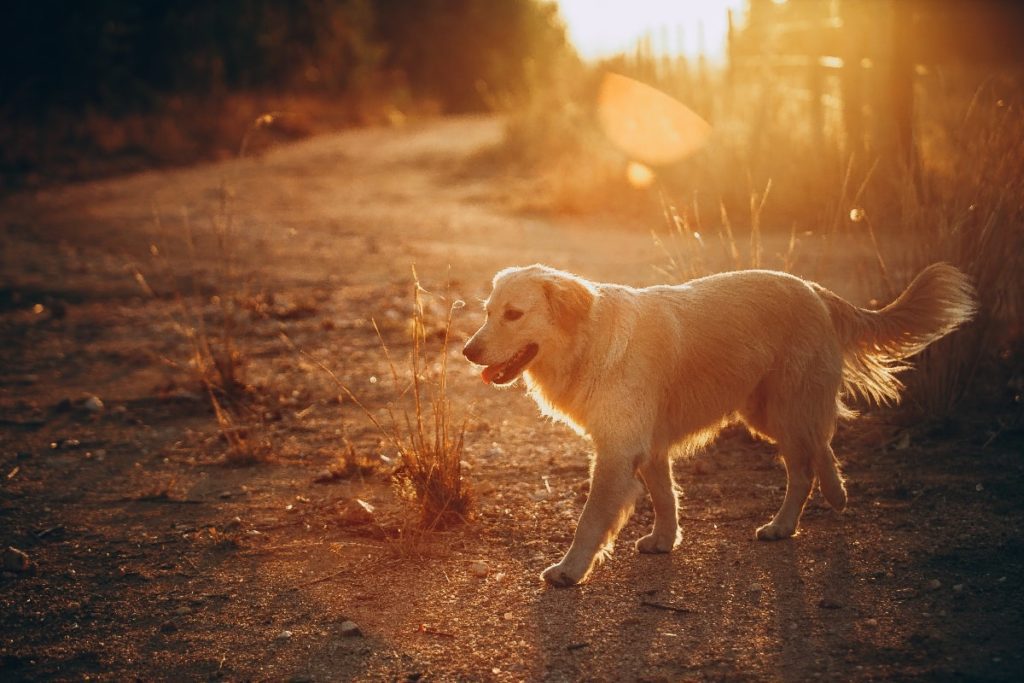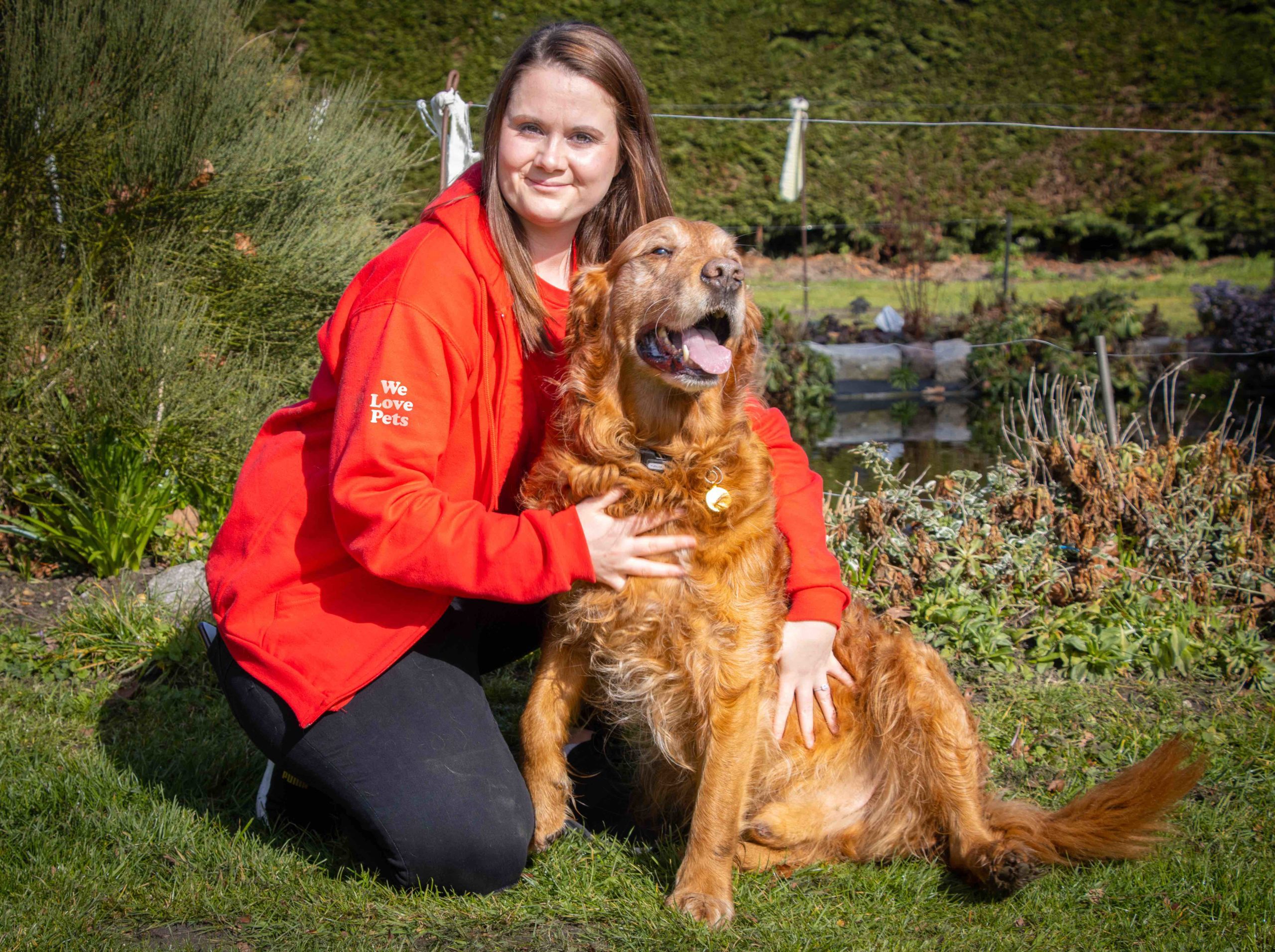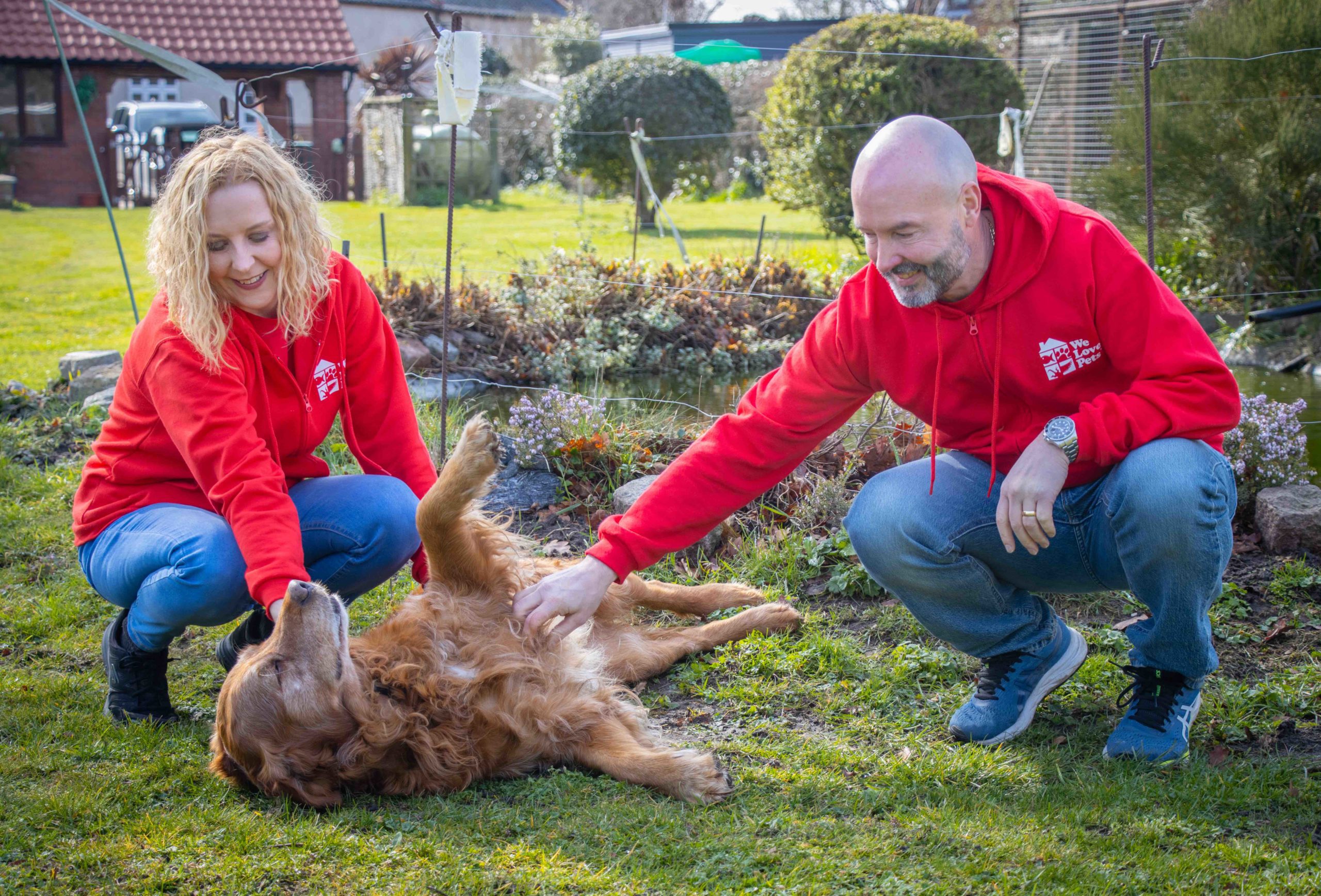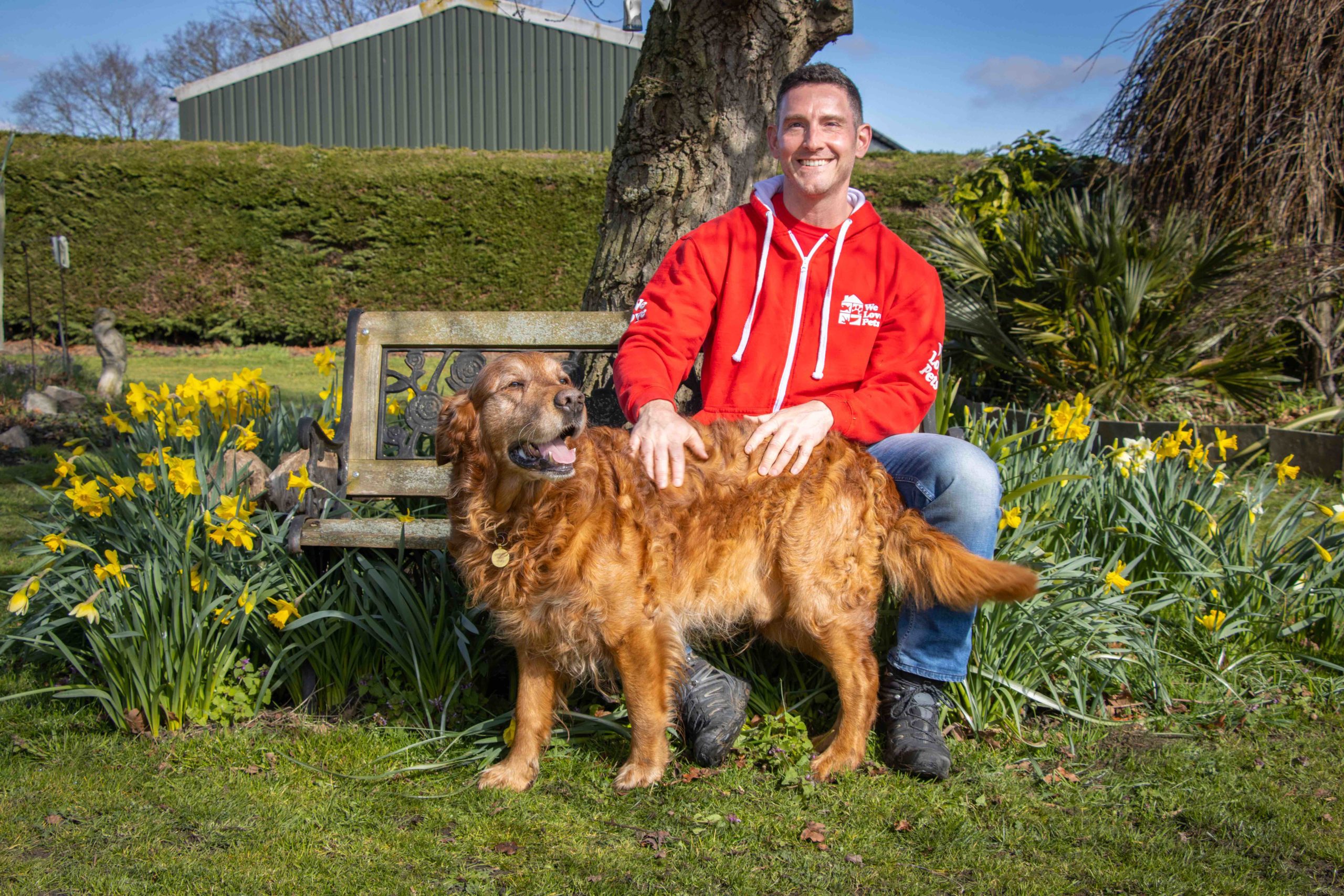As winter is upon us dogs can become lethargic, just like us humans. You may notice they’re less active and wanting to sleep more to preserve body fat for insulation, and potentially eat more and hold onto their weight. (Mmmm… a lot like us humans!) Their bodies attempt to build up food stores to see them through the colder months. In breeds that do not grow a thick winter coat they may actually lose weight and their feeding amounts may need to be increased to avoid this. It may be interesting for you to chart changes in your dog’s weight throughout the year to see if it matches the seasons.
You may notice that dogs grow and shed their coats to match the weather conditions of the coming season as well. They usually shed their coat in autumn to grow a thicker winter coat. This is most noticeable in breeds with thicker coats from the colder regions of the world. Central heating in the house will also affect coat shedding and the cycle may become a little confused if you like to keep your house very warm in the winter.
The very small breeds with a small body mass and a sleek, fine coat will feel the cold and will benefit from a warm, waterproof dog coat to wear. It may also help those dogs be a bit more enthusiastic when they are reluctant to go out in the cold and wet.
If you have an older dog you may find they are a bit stiffer in the mornings when they’re cold or the weather is damp. Keeping these dogs warm and mobile (little and often rather than big long walks) is important. Hot water bottles wrapped up and put in their bed is an easy way to do this.
Rain, wind and icy weather conditions can be a challenge for dogs and owners alike too. A warm up and cool down in cold weather will help avoid strains and injuries. Walking on the lead for the first ten muinutes will help warm the muscles up before charging around off lead. Walking on the lead again for the last ten minutes will help calm the dog down and will relax the muscles and joints, cooling the dog down – much like some runners do. This will also bring the heart and respiration rates down to normal parameters. The benefit of colder weather is that they don’t get as hot and can play more without over heating!
In icy conditions when the grit has been put out on the roads and pavements, it’s a good idea to wash and dry the dog’s paws if they’ve been on any grit. The grit contains a salt agent which may cause digestive issues, thirst, vomiting and if ingested in larger volumes, i,e. where paws are licked to clean, dehydration and possible liver and kidney function problems. There are a number of products on the market to help protect dog’s paws in icy conditions. Paws that are sensitive with cracked pads will benefit from something like Winter Pad or even dog boots like PAWZ for protection on walks.
If the weather is really bad and you can’t cope with dog walking don’t forget perhaps a hydrotherapy session if your dog loves swimming or even just book them in for day care for a play day with other dogs to get rid of the pent up energy!
And last , but not least, we hope you stay warm and well too.




